Intel's Meteor Lake: Redefining Efficiency and Performance in Processors
Intels Meteor Lake processor boasts enhanced efficiency, graphics, and AI capabilities. It collaborates with TSMC and employs innovative chiplet and packaging technology to stay competitive in the semiconductor industry.
In a groundbreaking development, Intel has unveiled key details about its upcoming Meteor Lake processor, set to usher in a new era of computing power and efficiency. Among the revelations is the incorporation of a super low-power CPU chiplet within the processor, promising extended battery life for laptops. Intel's CEO, Pat Gelsinger, also shared insights into the company's efforts to reclaim its leadership in processor design and manufacturing. Meteor Lake, scheduled for release on December 14, 2023, is poised to make a significant impact on the world of Windows laptops, taking a page from Apple's successful playbook with its M series processors, known for their exceptional battery life and fanless design.
Meteor Lake's Cutting-Edge Design
The heart of Meteor Lake's design lies in its "compute tile," a chiplet housing an array of CPU (central processing unit) cores. Much like Intel's current Alder Lake processors, Meteor Lake will feature a combination of high-performance CPU cores for resource-intensive tasks and smaller efficiency cores for less demanding workloads. These CPU cores have undergone updates to enhance efficiency and will be manufactured using Intel's new Intel 4 process, further improving overall efficiency and performance.
Intriguingly, Meteor Lake also includes a "low power island" within its system-on-a-chip (SOC) chiplet, housing even more power-efficient CPU cores. The processor intelligently manages software tasks, dynamically distributing them between the performance and efficiency cores, effectively optimizing performance while conserving battery life by idling unused cores.
Tim Wilson, the engineering group vice president responsible for SOC design, noted, "For many users, battery life is just as critical as performance in their PCs, and Meteor Lake is poised to excel in both aspects."
Enhanced Graphics and AI Capabilities
Meteor Lake doesn't stop at CPU improvements. It brings significant enhancements to graphics and artificial intelligence (AI) capabilities. These enhancements are crucial in modern machines, particularly high-end computers used for gaming, video editing, and AI-intensive tasks.
The processor introduces Intel's next-generation integrated graphics, Xe LPG, marking a substantial improvement over the previous Xe LP generation. Xe LPG is designed for greater efficiency, theoretically achieving higher frequencies at lower voltages, resulting in improved battery life.
Moreover, Xe LPG incorporates features from Intel's Xe HPG discrete graphics, including dedicated ray-tracing accelerators and support for technologies like mesh shaders, variable rate shading, and sampler feedback. Notably, it also introduces support for Intel's upscaling technology, Xe Super Sampling (XeSS), which leverages AI for better performance and power savings. This enables "Endurance Gaming mode," a power-saving mode tailored for Intel chips, combining aggressive upscaling with CPU throttling to extend battery life during gaming sessions.
Additionally, laptops equipped with Core Ultra chips featuring Xe LPG graphics can now support a single 8K 60Hz display with 10-bit HDR decoding and encoding, or up to four 4K 60Hz HDR displays, 1440p 360Hz displays, or 1080p 360Hz displays, along with HDMI 2.1 support.
Intel's Competitive Landscape
Intel is operating in a fiercely competitive environment. During a period of stalled manufacturing progress, companies like Taiwan Semiconductor Manufacturing Co. (TSMC) and Samsung surged ahead, eroding Intel's once-dominant position in technology leadership. Competitors such as AMD made significant inroads into Intel's market share, particularly in the server market, while Nvidia capitalized on the demand for AI processors. Apple further added to Intel's challenges by transitioning from Intel processors to its own M-series processors, offering compelling performance and energy efficiency.
What's interesting is that TSMC, one of Intel's competitors, is also its partner, as it manufactures most of the chiplets within Meteor Lake. TSMC handles the production of Meteor Lake's SOC tile, which houses the low-power island, AI accelerator, video decoder, and Wi-Fi system, utilizing its N6 manufacturing process. TSMC's more advanced N5 process is employed for building Meteor Lake's Arc GPU system, offering double the performance and efficiency per watt compared to the 13th-gen Alder Lake processors.
Under Gelsinger's leadership, Intel is working on transforming its chipmaking business to function as a "foundry," akin to TSMC and Samsung, which manufacture chips for other companies. Although Intel has attracted some clients, the business isn't expected to fully take off until the arrival of the Intel 18A manufacturing process, scheduled for 2024.
The Future of Chiplet-Based Design
Meteor Lake's "disaggregated" design, made possible by Intel's chiplet-stacking technology called Foveros, offers a glimpse into the future of processor design. While AMD is incorporating fast memory caches into its high-end PC processors, and Apple is utilizing a bridge to connect two M2 Max chips in its M2 Ultra, Intel is pursuing a more aggressive chiplet strategy, driven by the need to catch up with competitors.
The advantages of packaging different chiplets are manifold. Different manufacturing processes can be tailored to each chiplet, optimizing attributes such as cost, power consumption, and performance. Smaller chips are less susceptible to manufacturing defects, enhancing overall reliability.
Furthermore, Intel's innovation in glass substrate technology, discussed at the Innovation conference, opens the door to even more advanced chiplet approaches. This glass substrate, forming the foundation of the processor package, boasts superior speed, power efficiency, and size advantages compared to current technology.
While Meteor Lake itself doesn't employ glass substrates, which are expected later in the decade, it serves as a testament to Intel's packaging expertise. For instance, to counteract processor warping, Intel utilizes variably sized solder balls to ensure consistent electrical contacts. Additionally, Intel's "multiball" technology, featuring up to four types of solder balls, allows for more intricate power connections.
Tom Rucker, vice president in charge of Intel's assembly integration work, emphasized the growing importance of packaging in the next five to ten years, indicating that innovation in this area will continue to drive advancements in processor technology.
In conclusion, Intel's Meteor Lake processor promises to usher in a new era of computing, focusing on improved performance and energy efficiency. With its innovative chiplet-based design, enhanced graphics capabilities, and AI support, it aims to compete in a rapidly evolving technological landscape. Intel's collaboration with TSMC and advancements in packaging technology further demonstrate the company's commitment to maintaining its competitive edge in the semiconductor industry. As the release date for Meteor Lake approaches, the tech world eagerly awaits the real-world performance and efficiency gains it will bring to laptops and beyond.
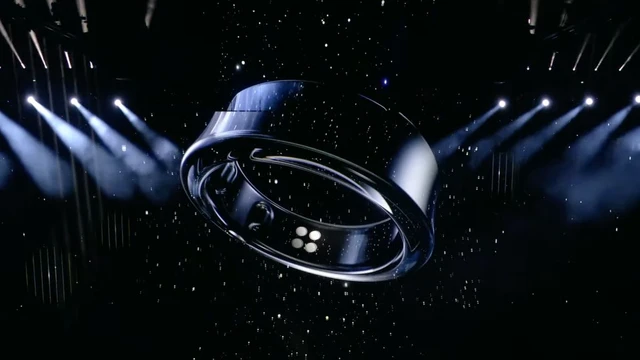


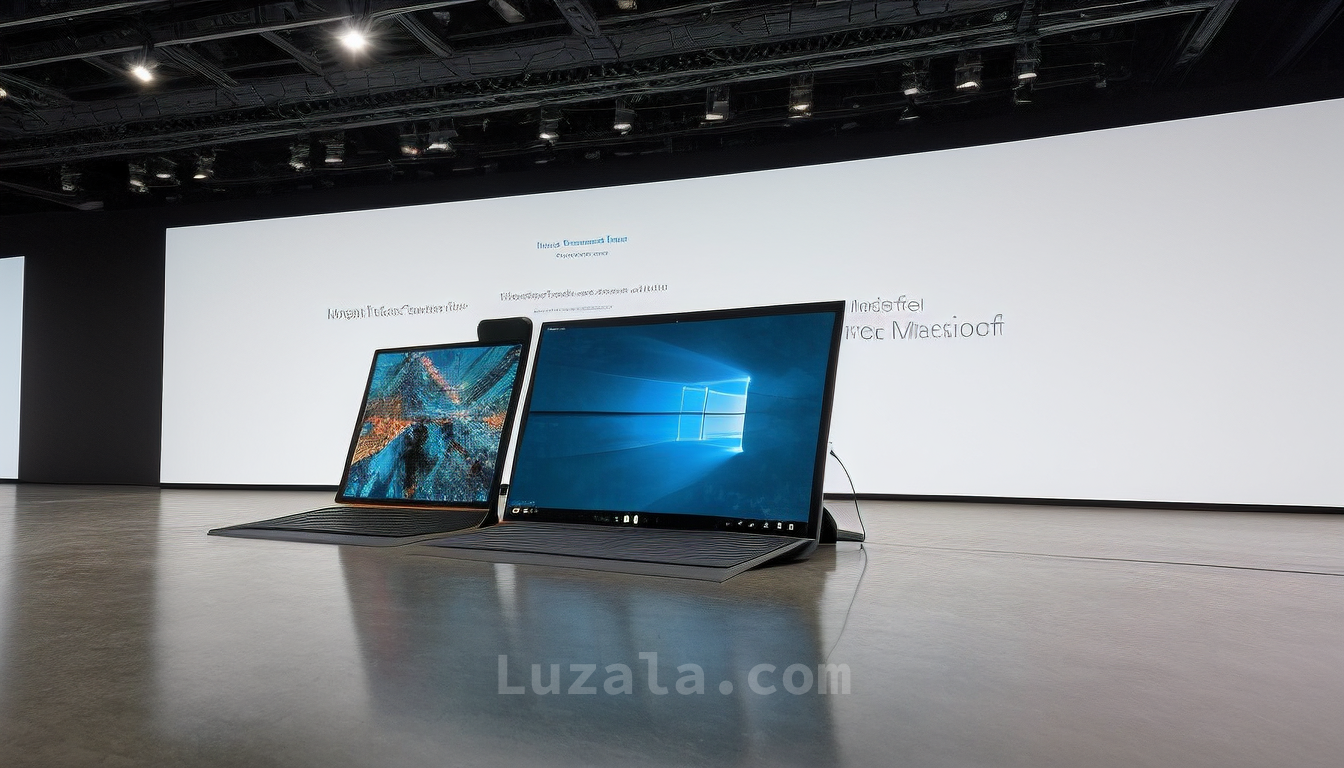
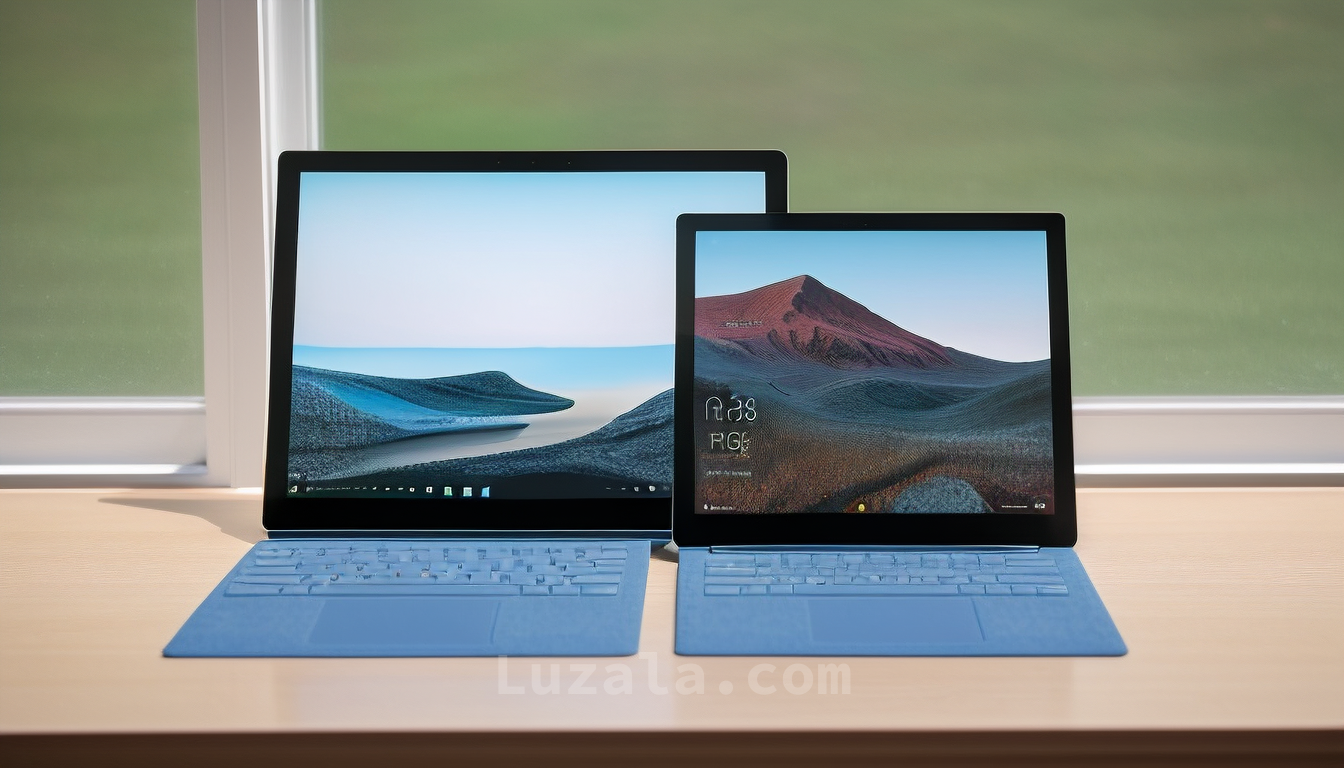

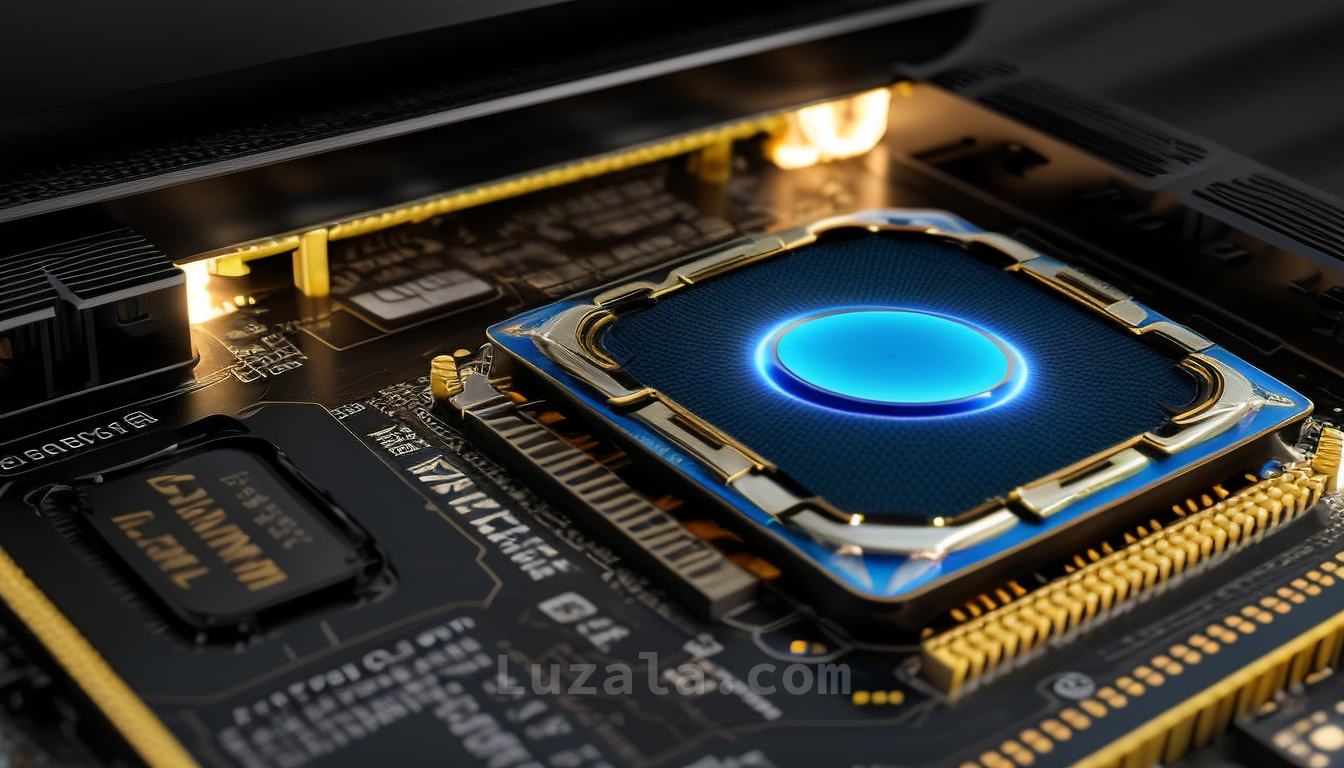

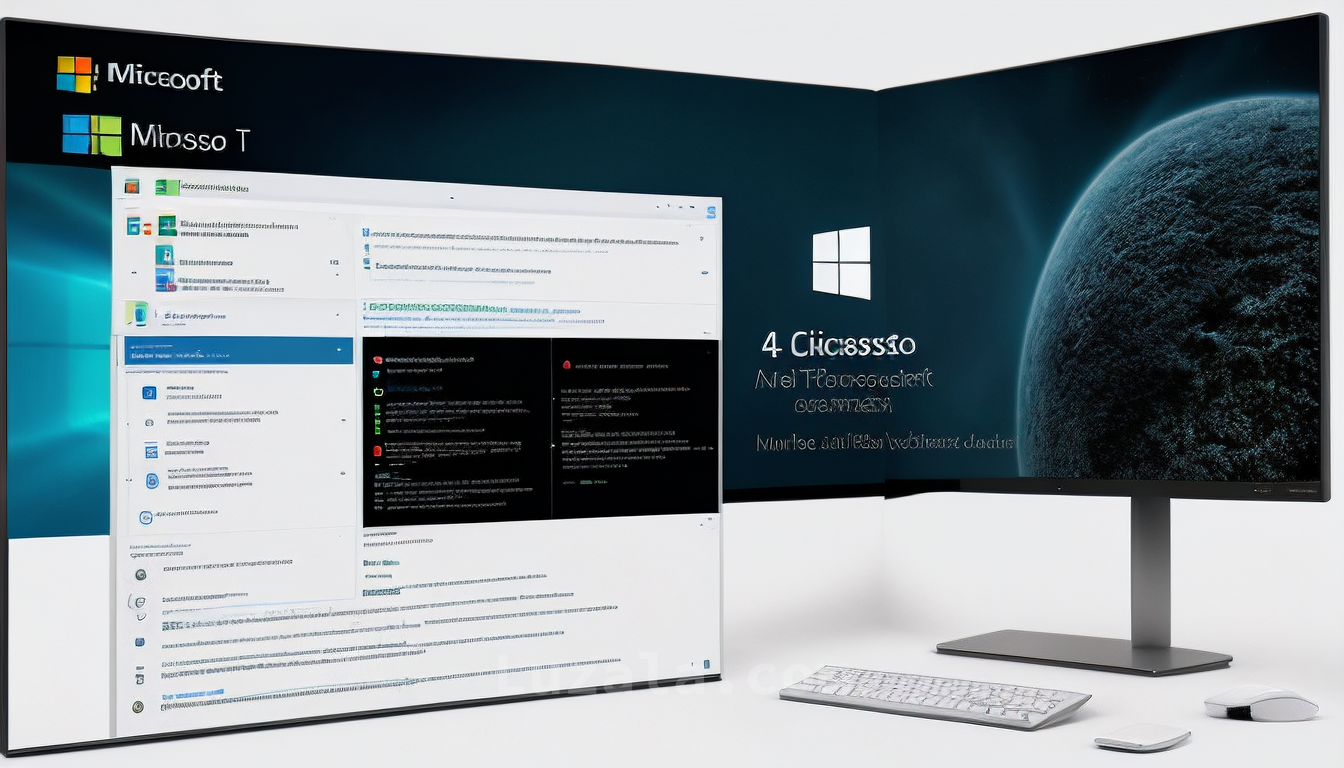
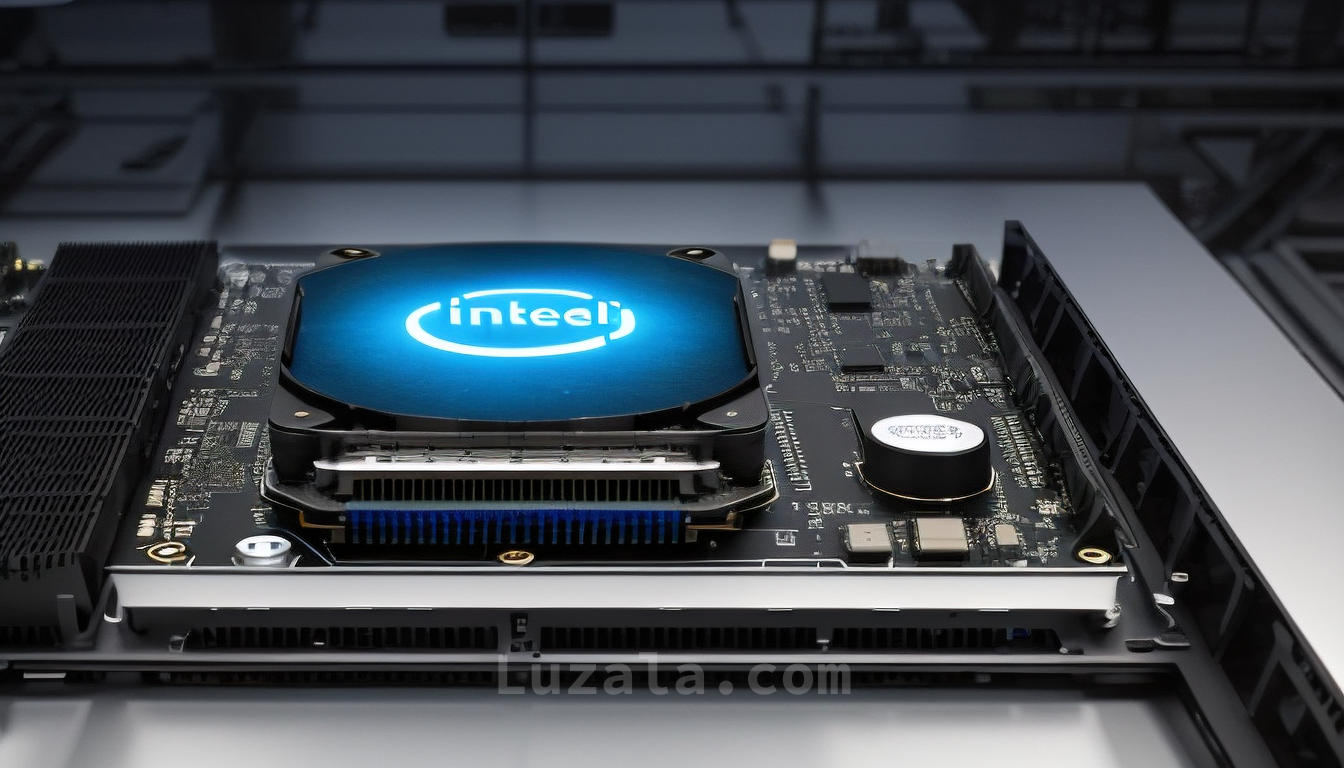





Comments